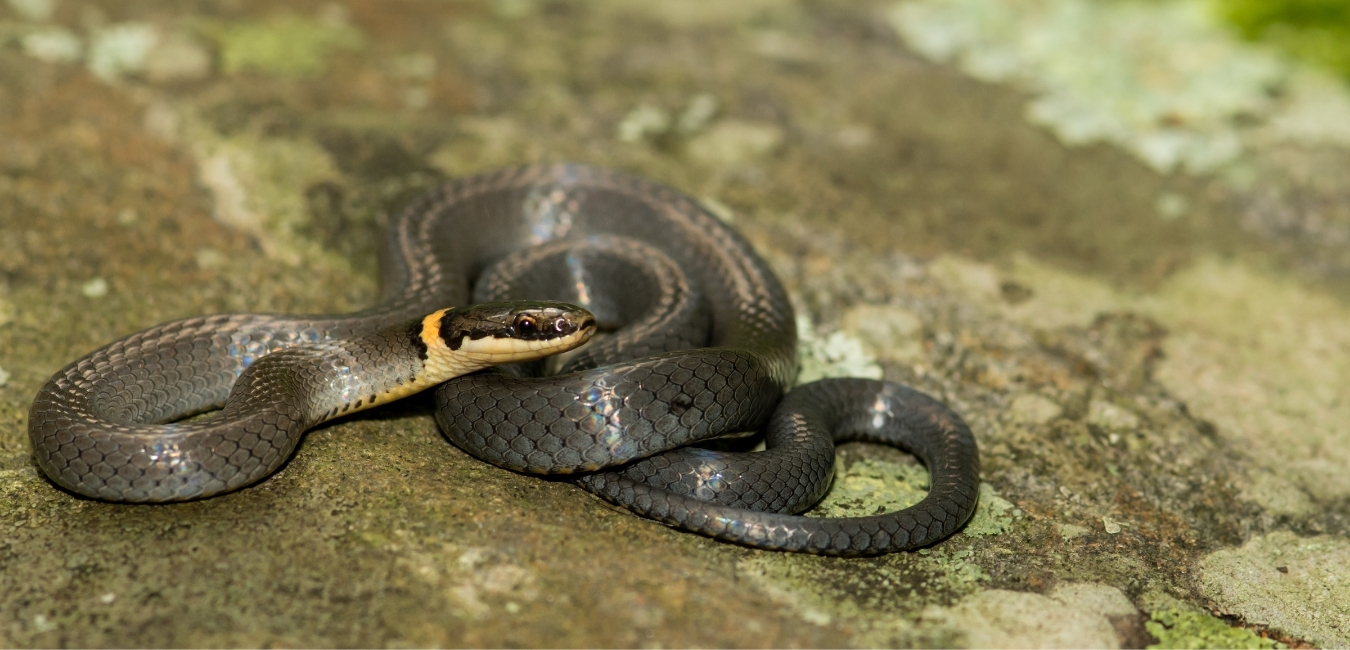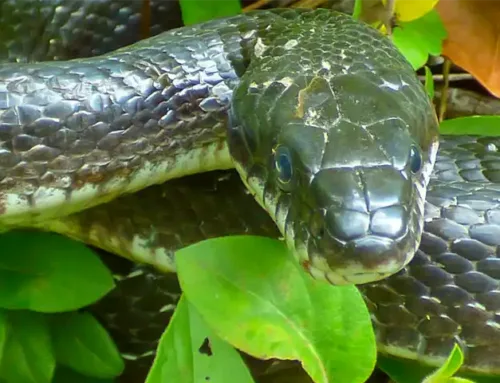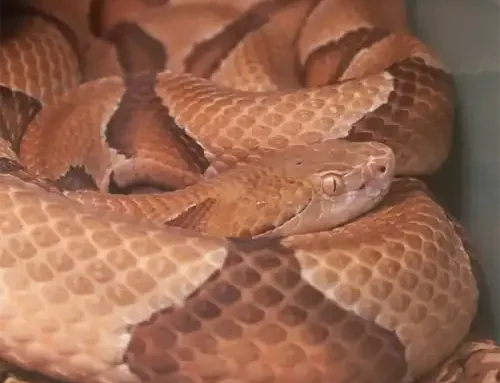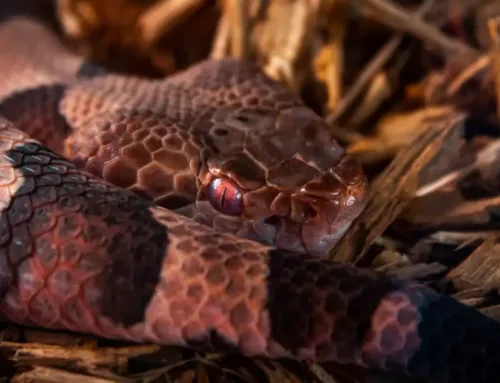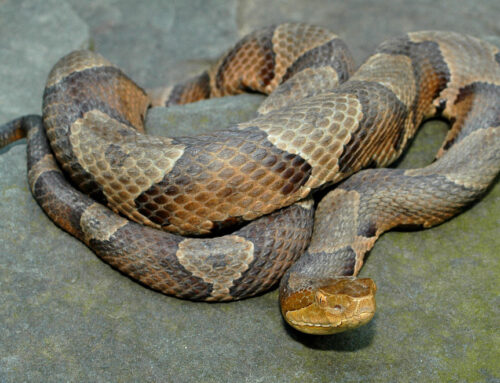The ring-necked snake or ringneck snake is a harmless species of colubrid snake family found throughout much of the United States, central Mexico, and southeastern Canada. Ring-necked snakes are shy, nocturnal snakes, so are rarely seen during the day. Although harmless to humans and non-aggressive, they are slightly venomous.
With defense characteristics much like the garter snake, ring-necked snakes have enlarged, posterior teeth and mildly toxic saliva, which may be used to paralyze prey. Ring-necked snakes also release a pungent musk as a defensive behavior.
Ringneck Snake Identification
Ring-necked Snakes are slender, smooth-scaled snakes. Their back color can range from olive, greenish-gray, blue-black, to black. Their bellies are yellow, orange, or red. Occasionally small black spots are present on their bellies. A light-colored ring is found around the neck. Adult ringneck snakes can range between 10 – 18 inches in total length.
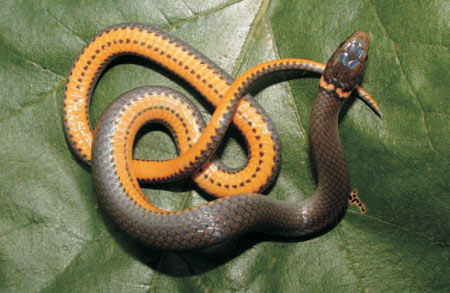
Ringneck Snake Habitat
Ring-necked Snakes can be found throughout much of the United States under rocks, logs in forested areas. This type of habitat makes Virginia an ideal home for Ringneck Snakes. Snakes that aren’t considered to be “garden snakes” are the more dangerous varieties, such as copperheads and rattlesnakes. Understandably, people usually call a snake removal company to remove these venomous snakes off their properties, rather than welcome them into their gardens.
Ringneck Snake Diet
A ringneck snake’s diet includes earthworms, slugs, snails, small salamanders, frogs, and small lizards, which is why you may encounter one of these snakes around your yard or in your garden. For many avid gardeners, finding a garter snake or a ringneck snake in the garden is a good thing!

